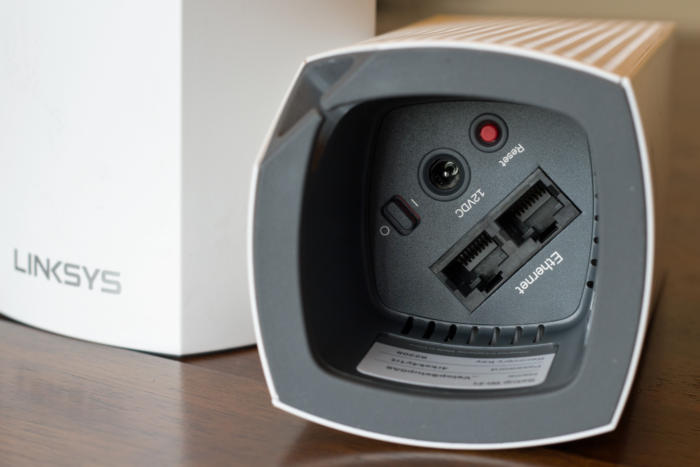

- #BEST LINKSYS ROUTER 2017 HOW TO#
- #BEST LINKSYS ROUTER 2017 ANDROID#
- #BEST LINKSYS ROUTER 2017 PASSWORD#
- #BEST LINKSYS ROUTER 2017 FREE#
One of the primary roles of NAT is to make devices on a private network (i.e. AdvertisementĮnlarge / This was a frustratingly common error message during the setup process. A word of warning in the app or on the box for potential buyers with Sky Fibre wouldn't go amiss.
#BEST LINKSYS ROUTER 2017 PASSWORD#
Sadly, none of this is reflected in the Linksys app, which instead throws out error messages, or asks for a username and password for login via the more common PPPoE method. To use Velop with Sky Fibre you have to select the Single Device option and leave your router plugged in. There are workarounds and custom firmware available for certain Asus routers to enable the required DCHP Option 61 security protocol (I use the Asus RT-AC68U), but Velop does not support it.

A word of warning if you're a Sky Fibre user, though: Sky used to provide separate modems and routers with its fibre service, but has never officially allowed the use of third-party routers. In the latter case you simply unplug the separate router from the modem and directly replace it with the Velop. There are two main connection options to choose from: "Single Device," which is a combined modem and router and the most common configuration for UK users, or "Dedicated Modem," where a Wi-Fi router is connected to a separate modem.
#BEST LINKSYS ROUTER 2017 HOW TO#
The Linksys app-which initially uses a Bluetooth connection for initial setup-provides step-by-step instructions on how to plug in the Velop, depending on what type of broadband connection you have. Windows Mobile users ( sorry Peter) are out of luck.
#BEST LINKSYS ROUTER 2017 ANDROID#
Instructions in the box are minimal, and simply say to download the Linksys setup app, which is available for both Android and iOS. Their small footprint does at least make them easy to fit onto a tightly packed shelf or tabletop, though. The small white nodes with a single status light up top are inconspicuous enough, if not the design triumph Linksys wants them to be, and oddly look better from the mesh-covered back rather than the plain front. Inside the box are the Velop nodes, accompanying power adaptors, and a single flat Ethernet cable. Setting up Velop is either relatively straightforward or painfully frustrating, depending on your current broadband setup. Velop can make a dramatic difference to a home network-but not everyone will see the benefit. How appealing depends on the size of your home, and just how much you value reliable Wi-Fi. Other mesh systems sell for similar prices, although, Velop's swankier tech and (mostly) user-friendly setup process makes it the more appealing option. The price rises to £349 (~$380 in the US) for the all-but-mandatory twin pack, and to an eye-watering £499 (~$530 in the US) for a triple pack.
#BEST LINKSYS ROUTER 2017 FREE#
Velop starts at £199 (~$230 in the US) for a single router, which is around £50 more than comparable standalone routers, and £199 more than the free router typically bundled in with home broadband packages. Velop is the only consumer-focused mesh Wi-Fi system to offer tri-band connectivity-which provides a dedicated wireless link between each router in addition to the two required for devices to connect to it-alongside the option for a Ethernet-based wired backhaul and dynamic channel selection, the latter minimising interference from neighbouring Wi-Fi networks. Where the Velop differs, aside from in its monolithic stature, is in its technical chops. All you have to do is stick an extra Velop router (or "node" in Linksys speak) in the room with poor coverage, and hey presto, you've got faster Wi-Fi. Like its competitors, Velop is designed to help remove the dreaded dead spots that plague a home wireless network, ensuring that you've got complete coverage whether you're sat right next to the router, or you've retreated to the garden shed for a spot of well-deserved me time. The Linksys Velop is the latest in a rapidly growing line of mesh, or "whole home" Wi-Fi systems from the likes of Google, Netgear, and Ubiquiti.


 0 kommentar(er)
0 kommentar(er)
